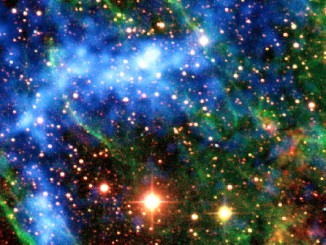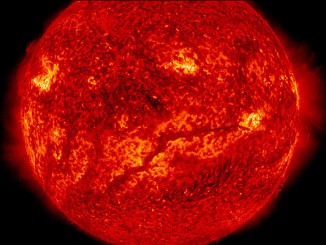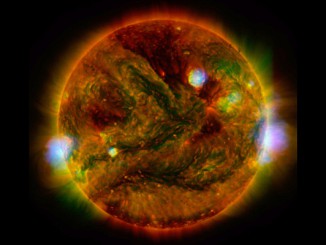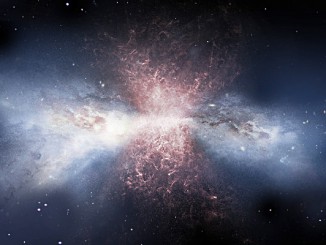
JAXA



IRIS and Hinode: a stellar research team
NASA’s Interface Region Imaging Spectrograph satellite, or IRIS, and the Japan Aerospace Exploration Agency’s (JAXA)/NASA’s Hinode solar observatory, have just made a significant step towards understanding why the corona — the outermost, wispy layer of the Sun’s atmosphere — is hundreds of times hotter than the lower photosphere, which is the Sun’s visible surface.

Royal Astronomical Society’s National Astronomy Meeting 2015 – report 3
In his third report from the Royal Astronomical Society’s NAM2015, Kulvinder Singh Chadha examines the Sun in X-ray and ultraviolet wavelengths from three different spacecraft, dons a virtual reality planetarium headset, and investigates if the proposed James Webb Space Telescope (JWST) could discern Earth-sized worlds that are habitable.

Supermassive black hole blasts star-making gas from galaxy’s core
Many galaxies blast huge, wide-angled flows of material outward from their centres, pushing to their outer edges enough dust and gas each year that otherwise would have formed more than a thousand stars the size of our Sun. A team led by University of Maryland scientists has found the driving force behind these massive molecular outflows.

